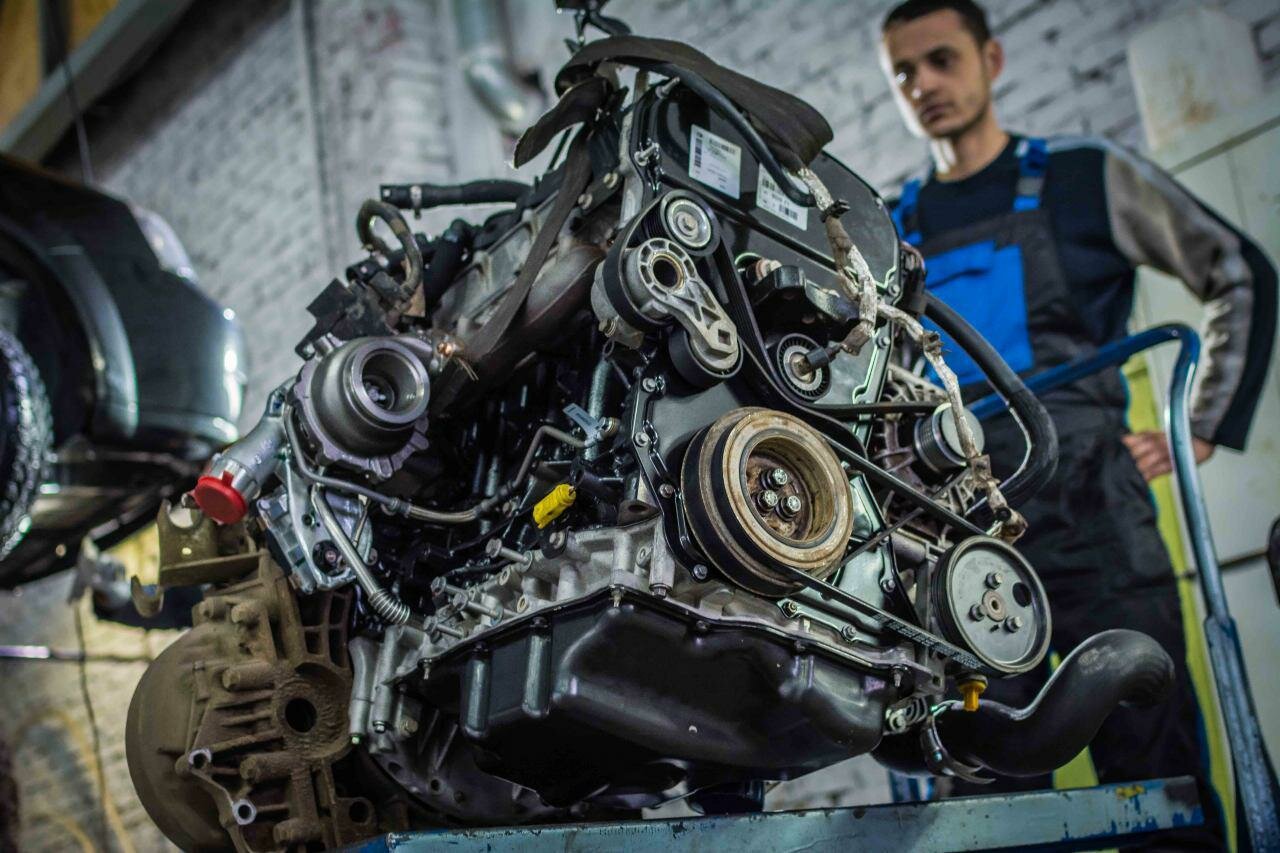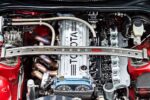Can You Put an Exhaust Brake on a Gas Engine?
When it comes to optimizing the performance and efficiency of a gas engine, various modifications and enhancements are often considered. One such modification that has gained attention is the installation of an exhaust brake on a gas engine. In this article, we will explore the feasibility and practicality of adding an exhaust brake to a gas engine, providing you with a straightforward analysis of the topic.
-
What is an Exhaust Brake?
An exhaust brake is a device designed to assist in slowing down or controlling the speed of a vehicle, particularly during descents or when hauling heavy loads. It works by restricting the flow of exhaust gases, creating back pressure in the engine, and effectively increasing the engine’s braking power.
-
Can You Install an Exhaust Brake on a Gas Engine?
While exhaust brakes are commonly associated with diesel engines, the possibility of installing one on a gas engine is often questioned. The truth is, it is technically feasible to install an exhaust brake on a gas engine. However, there are several important considerations to keep in mind.
Firstly, gas engines typically operate at higher RPMs compared to diesel engines. This higher RPM range can result in increased wear and tear on the exhaust brake components, potentially leading to premature failure. Additionally, gas engines tend to have lower exhaust temperatures, which may limit the effectiveness of an exhaust brake.
Furthermore, the installation of an exhaust brake on a gas engine may require modifications to the engine’s exhaust system, including the addition of a butterfly valve or other components. These modifications can be complex and may require professional expertise to ensure proper installation and functionality.
-
Considerations for Safety
When considering the installation of an exhaust brake on a gas engine, safety should be a primary concern. It is crucial to ensure that the braking system remains reliable and does not compromise the overall safety of the vehicle. Consulting with automotive experts and adhering to manufacturer guidelines is essential to minimize any potential risks.
In conclusion, while it is technically possible to install an exhaust brake on a gas engine, there are various factors that need to be carefully considered. From increased wear and tear to potential modifications and safety concerns, the decision to add an exhaust brake should be made after thorough evaluation and consultation with professionals. Ultimately, it is crucial to weigh the potential benefits against the associated costs and risks before proceeding with such a modification.
Exploring the Feasibility of Installing an Exhaust Brake on a Gas Engine
When it comes to modifying a gas engine for enhanced performance and control, the idea of adding an exhaust brake often arises. In this section, we will delve deeper into the topic and examine the key factors to consider when contemplating the installation of an exhaust brake on a gas engine.
1. Understanding the Functionality of an Exhaust Brake
An exhaust brake is a device that assists in slowing down a vehicle by creating back pressure in the engine, effectively increasing the engine’s braking power. It is commonly found in diesel engines and is particularly useful when descending steep slopes or hauling heavy loads. The question arises: can this technology be applied to gas engines as well?
2. Technical Considerations for Gas Engines
While it is technically possible to install an exhaust brake on a gas engine, there are some important factors to take into account. Gas engines typically operate at higher RPMs compared to diesel engines, which can result in increased wear and tear on the exhaust brake components. This may lead to premature failure and require more frequent maintenance.
Additionally, gas engines tend to have lower exhaust temperatures compared to diesel engines. The effectiveness of an exhaust brake relies on the generation of sufficient back pressure, which may be limited in gas engines due to their lower exhaust temperatures. This can impact the overall braking performance of the vehicle.
3. Modifications and Installation
Installing an exhaust brake on a gas engine may require modifications to the engine’s exhaust system. This can involve adding a butterfly valve or other components to create the necessary back pressure. It is important to note that these modifications can be complex and may require the expertise of professionals to ensure proper installation and functionality.
Furthermore, it is crucial to consider the compatibility of the exhaust brake with the specific gas engine model. Different engines have varying characteristics and requirements, and it is essential to consult with automotive experts or refer to manufacturer guidelines to determine the suitability of an exhaust brake for a particular gas engine.
4. Safety Considerations
When considering the installation of an exhaust brake on a gas engine, safety should always be a top priority. Any modifications made to the braking system should not compromise the overall safety and reliability of the vehicle. It is advisable to consult with professionals who have expertise in exhaust brake installations and to strictly adhere to manufacturer guidelines.
Top views |
|
|---|---|
 |
Oil, Timing Chains, Pistons: What Really Kills an Engine Prematurely? |
 |
How to Choose a Car with a Reliable Engine: Used Car Market Hacks That Actually Work |
Conclusions
After a thorough examination of the topic, it is clear that while it is technically feasible to install an exhaust brake on a gas engine, there are several important considerations to keep in mind. The higher RPM range and lower exhaust temperatures of gas engines can impact the effectiveness and durability of an exhaust brake. Additionally, the installation process may require modifications to the exhaust system and should be carried out by professionals to ensure proper functionality and safety.
Ultimately, the decision to install an exhaust brake on a gas engine should be made after careful evaluation of the potential benefits, costs, and risks involved. Consulting with automotive experts and considering the specific characteristics of the gas engine model are crucial steps in making an informed decision.




0 Comments